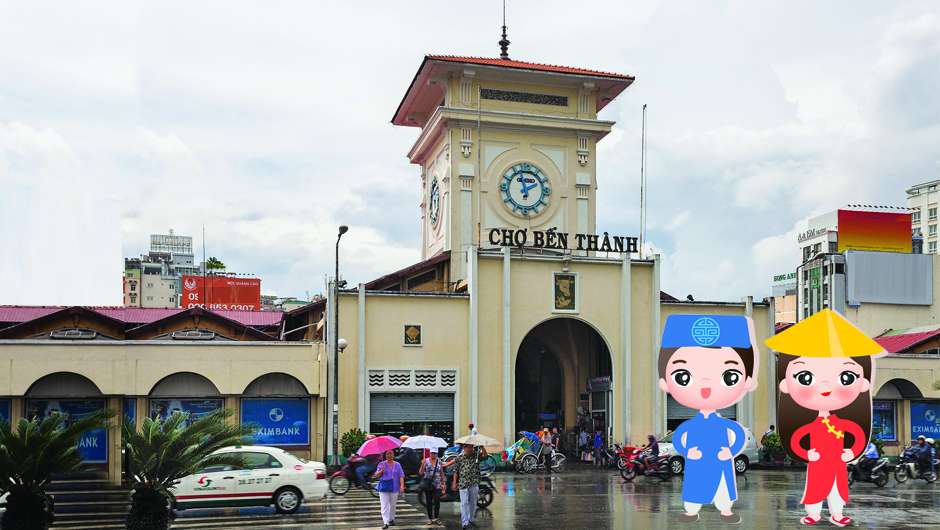Vietnam's Freedom Journey

The year 1986 was a turning point in the Vietnamese modern history. The Vietnamese Communist Party was battling an internal crisis that stemmed from the total failure of the country’s economic policies. The party’s Sixth Congress, considered the most dramatic in its 54 years history, saw the launch of Doi Moi or innovation, changing Vietnam’s economic landscape. The transformation is very much palpable until today.
Journey to social market economy
The years after of the postwar period was characterized by hyper-inflation. Vietnam was one of the poorest countries, with 90% of the population working in agriculture and more than 60% living in poverty. The centrally planned economy brought about a record-high budget deficit, lagging food production, and exports below targets.
Vo Van Kiet, Vietnam’s prime minister from 1991-1997, was one of the most prominent political leaders who facilitated the opening of the country to the outside world. He urged the broadening of diplomatic ties that led to foreign investment, and ultimately, sustained economic growth.
The first steps of economic liberalization were quite simple: the agricultural collectives were abolished and price controls on agricultural goods were removed, which then enabled farmers to sell their goods in the marketplace. The results were great. Inflation was cut from 700 percent a year to single digits. In 1992, Vietnam had become the world's third largest rice exporter. The economy grew at an average annual rate of 6-8 % in the last three decades, and the per capita income has risen sharply from $ 470 in 2003 to nearly $ 2,400 in 2017.
Thirty years of reform has been a journey of deep integration into the world economy in diversified levels, conforming with global principles and standards. Vietnam has established many economic strategic partnerships. The country has also actively built the ASEAN Community 2015 and completed the domestic market under the WTO commitments.
Vo Van Kiet was a strong proponent of bolstering the rule of law to protect businesses.

Only partial reform
There is a belief that economic success will lead to political freedom, but in Vietnam this is only partially true. The Vietnamese writers and intellectuals were only able to enjoy a brief period of freedom of expression during the years 1986-1991. (There were no private newspapers and television at the time, but people were fairly free to express their opinions in the media.) When the communist leaders realized that liberalization in politics could crash the system as in Eastern Europe, they started to steer the reform process towards the Chinese model.
Despite economic success, there are still no other optional political parties in Vietnam and all media are still controlled by the state. Hundreds of bloggers, Facebook users, and online activists have been jailed for several years for various absurd allegations. In the last report of the “Reporters Without Borders” on press freedom, Vietnam ranked on 175/180, just "better" than China (176) and North Korea (180).
It's not easy to predict in which direction Vietnam goes. On the one hand, the current political system preaches prosperity and "socialist justice" through economic growth. On the other hand, Vietnam faces ever greater problems such as corruption and abuse of power, which call for transparency and the rule of law according to international standards.
FNF opened its offices in Hanoi in 2012 to contribute to the process where industrialization translates to economic freedom and political liberalization.
It cooperates with partners from economic think tanks, university institutions, and NGOs to stimulate discussions on modern societies and liberal approaches. FNF looks at factors that advance market economy including competition, ease of doing business, and entrepreneurship. These are done through publication of books, organizing various events, and international exchange.
These may not be easy, but who says freedom is easy?